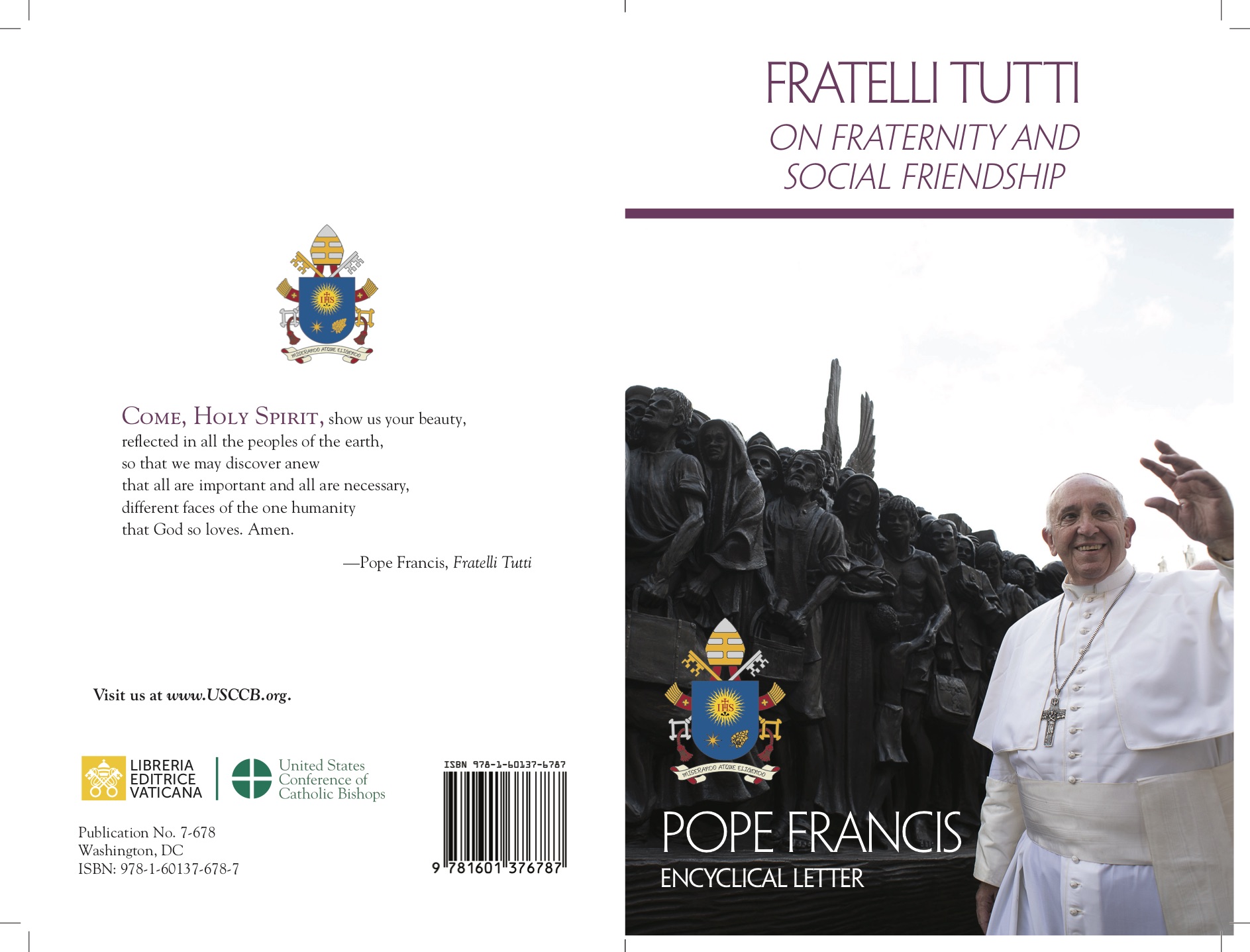
by Paola Dalla Torre
The philosopher Jean-Luc Nancy wrote that «there is no such thing as the spiritual except as a bodily tension». If this is true, then cinema, the art of the visible, the sensory, of the body staged, reveals itself, surprisingly, as a fitting language for expressing spirituality and the mysticism of bodies.
For centuries, the body was seen in Christian spirituality as a site of tension, if not an outright obstacle. It was the fragile seat of sin, a locus of desire, and a barrier to be overcome in order to access the divine. Nonetheless, in the lives of many female mystics, this vision is overturned. The body becomes the privileged instrument of revelation, the vehicle through which God manifests. It is the body itself, in its vulnerability and excess, that becomes sacred space.
To represent the mystical experience, however, is no easy task. Mysticism eludes ordinary language and by its nature exceeds form: it is vision, silence, emptiness. Yet even here, in this continual failure of words, cinema finds fertile ground: through the face, rhythm, light, and suspended time, it can evoke what it cannot show.
The screenwriter of Taxi Driver, Paul Schrader, in his book Transcendental Style in Film, described how directors like Dreyer, Bresson, and Ozu turned style into a threshold through which to suggest the invisible. They stripped away the superfluous, slowed down action, and made time an interior experience. The result is a form of aesthetic asceticism that becomes, for the viewer, an almost contemplative experience.
However, the opposite can also occur, when the sacred enters cinema through excess, conflict, and the flesh. In Benedetta (2021), the recent film by the “scandalous” Paul Verhoeven inspired by the historical figure of the nun Benedetta Carlini, divine visions alternate with sensual experiences, and holiness blurs with power and transgression. The film, which was controversial and deliberately ambiguous, portrays spirituality as a body that burns and bleeds, which challenges any comforting distinction between faith and madness. In cinema, the sacred can unsettle, scandalize, even seduce.
Among the most represented and discussed historical religious figures on the big screen is certainly Joan of Arc. As a symbol of purity and rebellion, obedience and subversion, the warrior saint has crossed twentieth-century cinema and embodied the tensions of the age. In The Passion of Joan of Arc (1928), director Carl Theodor Dreyer films Renée Falconetti’s face in bare, heartrending close-ups. We see holiness inscribed in her flesh, in mute suffering, and in the truth that shines through her eyes. In The Messenger: The Story of Joan of Arc (1999) by Luc Besson, Joan is instead a troubled young woman, torn between the divine voice and reality. She is depicted as a fighter, prophet, a woman of action, more than one of silence.
In Falconetti’s tormented face, cinema finds its mystical icon, and no effects or miracles are needed, because Dreyer films spirituality without mediation, through the pure exposure of the body as a sacred space. Besson’s Joan, on the other hand, presents the body as a site of contradictory tensions, which oscillate between two poles. On one side, the warrior saint inspired by God; on the other, the hallucinated young woman, who is a victim of her time.
A more hagiographic portrayal of Joan is instead that of Ingrid Bergman in Joan of Arc, directed by Victor Fleming (1948). This classic Hollywood picture favors a balanced narrative in which the force of mysticism and the body is not emphasized, in favor of a biography with a simple and rigorous staging, which, however, fails to fully convey the depth of the figure portrayed.
Another film with a more traditional structure but decidedly more successful in its portrayal of mysticism is Thérèse (1986) by Alain Cavalier. The film recounts the short life of Saint Thérèse of Lisieux without falling into religious rhetoric. Cavalier adopts an essential mise-en-scène. He employs minimal sets, low lighting, and closed silent spaces. The form serves the substance. In this film, it is not about showing miracles or spectacular ecstasies, but about delicately bringing to light the intimate and heartrending relationship Thérèse has with God through daily life, illness, and bodily fragility.
The director constructs the narrative like an intimate liturgy. The gestures of the young Carmelite, washing a glass, saying a prayer, writing a letter, gradually acquire a sacramental value. Thérèse’s spiritual experience is expressed through patience, obedience, and the tenderness she shows toward her sisters. In this context, the body is an object of asceticism but also a space of self-giving: Thérèse literally wastes away in illness and transforms suffering into a radical act of love.
The film portrays mysticism not as a spectacle of the extraordinary, but as a hidden, embodied, everyday experience. Thérèse has no visions, receives no stigmata, does not preach, but simply loves, serves, and offers. The film invites us to rediscover the spiritual power of weakness, faith as an extreme form of surrender and trust.
The mystical body is also a site of power. The medieval mystics, from Angela of Foligno to Catherine of Siena, from Teresa of Ávila to Veronica Giuliani, lived spiritual experiences that passed through the body, whether they be visions, ecstasies, stigmata, fasts, or self-mortifications. These were not merely inner experiences but truly embodied languages. As various studies have pointed out, for many medieval women the body was the only available tool to express their relationship with God, in a context that denied them public speech and ecclesial authority. The body thus became not only a temple but also a voice, a gesture, a form of resistance.
This profound and subversive dimension of female mysticism is at the heart of The Seventh Room (1995) by Márta Mészáros. The film is dedicated to the figure of Edith Stein, the Jewish philosopher who converted to Catholicism, became a Carmelite nun, and was eventually martyred at Auschwitz. The title explicitly alludes to Teresa of Ávila’s The Interior Castle, where the soul, after passing through seven rooms, reaches mystical union with God. In the seventh room, which for Edith is the concentration camp, not only does life end, but the highest act of offering is fulfilled. Mészáros films Edith’s embodied spirituality with modesty and rigor, portraying her silence, gentleness, and devotion. There is no spectacle or miracle, only a faith that passes through the body and endures in suffering.
The filmmaker, Margarethe von Trotta, gives us yet another intense account of female mysticism in her film Vision (2009). This picture portrays the life of Saint Hildegard of Bingen, the Benedictine nun, mystic, healer, philosopher, and twelfth-century composer. The German director, who is attentive to the biographies of “heretical” and unconventional women, offers a historically accurate and emotionally rich portrayal of a figure who managed to combine faith, knowledge, and authority in a male-dominated world.
The film deliberately avoids special effects and the spectacularization of visions, focusing instead on their disruptive impact on the community and ecclesiastical institutions. The vision, in the film, is not an image to be shown but an experience to be embodied, which the director does so in Hildegard’s absorbed face, in her steady voice as she seeks audience with bishops and abbots, and in her concrete actions. Even the body, in von Trotta’s narrative, is acknowledged, for it is a place of mystical mediation, and a tool for struggle and healing. Hildegard was often bedridden by sudden illnesses, to which she responded with dignity and creativity, while transforming her suffering into a driving force for her mission.
It is this image of a silent, offered body that takes us, surprisingly, back to perhaps the most famous baroque depiction of sculpted mysticism: The Ecstasy of Saint Teresa by Gian Lorenzo Bernini. There, in that rendered flesh that lifts and yields to the angel’s dart, the body becomes the expression of a spiritual experience that is so intense it appears erotic. «The pain was so great that I cried out aloud; and yet so sweet that I would not wish it to cease», Teresa wrote in her diary. Some observers, like the Marquis de Sade, wryly remarked that «it’s hard to believe she was a saint». Yet it is precisely in that contradiction, between ecstasy and desire, between spirit and flesh, that the mystery of female mysticism unfolds.
This awareness also runs through the thought of Andrei Tarkovsky, even though he never directly portrayed saints or mystics. Nonetheless, his cinema is permeated by a profound spirituality, and a yearning for the absolute that manifests in the very material of the image. In Sculpting in Time, he writes: «Art is a prayer. It is an act of faith. It is an attempt to reach out to the absolute». For Tarkovsky, time sculpted by images is like a soul being transformed by grace. His characters pass through pain, emptiness, waiting, they are pilgrims of meaning, bodies offered to the unknown. «The true image is one that contains a mystery», he writes. And in this sense, even in the absence of saints or ecstasies, his cinema is mystical.
Cinema, which after all is the art of light projected into darkness, may well be the language that is closest to the mystical experience. This is so not because it can represent the divine, but because it can evoke it. Just as the saints spoke through their flesh, so too does cinema speak through the body, the light, and the face. And it allows the viewer to draw near, in silence, to the mystery, even through a single frame.




 Purchase the Encyclical here Fratelli Tutti
Purchase the Encyclical here Fratelli Tutti